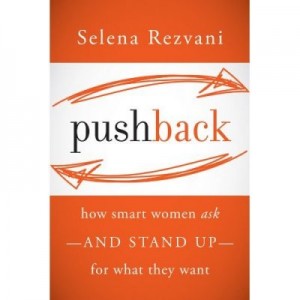
Here are Selena’s tips to negotiate more successfully—and more confidently:
Say a prospective client isn’t happy with the figure you quote for upcoming employee training. Rather than lowering your rate, create incentives with free additions that sound generous but are actually low cost and low effort to you.
For example, throwing in two one-hour follow-up webinars to reinforce the training helps a prospective client feel they get much more for their money. You, on the other hand, will not incur travel cost or substantial preparation time.
Be willing to flex and bend while staying firm where it matters most.
When we know our stuff—average costs, delivery times, market trends and forces—we all tend to sit up a little straighter. We naturally have more belief in what we say, and we advocate more persuasively.
When they negotiate with a manufacturer, for example, strong negotiators make it a point to reference competing manufacturers’ rates and practices. This “comparison crunch” shows the manufacturer you know the market, you won’t be taken advantage of, and that your survival doesn’t hinge on his business alone.
Just because you’re well informed doesn’t mean you will be ready to make a deal with an absolute “yes” or “no.” In fact, you may be unsure just how right the terms truly are. Sometimes we just need to think things through or to involve someone not at the negotiating table.
There is nothing wrong with saying, “I’ll think about that and get back to you.”
Taking a step back is never more important than in a ”drive-by” negotiation where you’re surprised or spontaneously engaged. If you’re pressured to make a decision in a short time frame, then negotiate to lengthen the window.
And if you’re ever hesitant about the conditions of a deal, either delay your response or refrain from saying “yes.”
The old negotiating adage still rings true: if you dislike the terms now, you’ll hate them later!